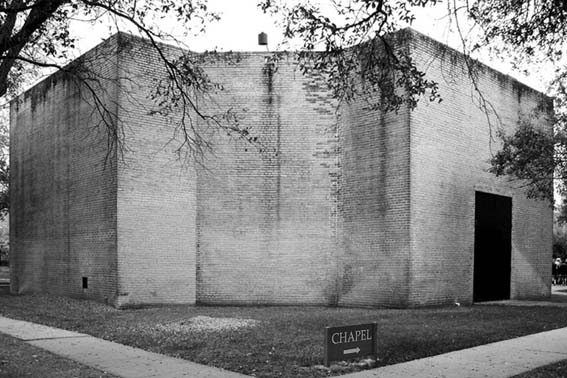Estudio de las diferencias en la encarnación física de los patrones generadores de lugar entre lo sacro y lo secular en la arquitectura
DOI:
https://doi.org/10.17979/aarc.2011.2.2.5066Palabras clave:
Patrones generadores de lugar, arquitectura sacra, arquitectura secular, Rothko Chapel, museoResumen
La Organización Mundial de la Salud, un número creciente de profesionales de la salud y el público, en la actualidad, equiparan la buena salud no simplemente a la ausencia de enfermedad, sino también a la presencia de bienestar positivo. El modelo biomédico tradicional de la salud ha dado paso al modelo biopsicosocial, que aboga por un enfoque más holístico de la salud, teniendo en cuenta no sólo lo biológico, sino también nuestra salud social, psicológica, fisiológica y espiritual.
Los lugares que habitamos tienen el potencial de contribuir significativamente a nuestra salud. La desacralización del lugar, sin embargo, ha hecho cada vez más difícil para las sociedades modernas redescubrir las dimensiones existenciales de lo sagrado que alguna vez fueron de fácil acceso para el hombre de las sociedades arcaicas en lugares cotidianos. Cuando las características específicas son elevadas en el proyecto (como se observa en la arquitectura sagrada), el lugar resultante puede pasar de ser meramente secular a convertirse en sagrado. ¿Cómo, entonces, podría abordarse la arquitectura contemporánea, de modo que los lugares cotidianos apoyasen nuestra salud espiritual? ¿Cuáles son los factores que contribuyen a ello? ¿Pueden ser objetivados? El propósito de este trabajo es explorar las diferencias fenomenológicas entre lo sagrado y lo secular en la arquitectura.
La Rothko Chapel (edificio sagrado) y el Museo de Arte Contemporáneo (edificio secular) fueron seleccionados como casos de estudio para la investigación. Los dos casos de estudio se encuentran en Houston, Texas. Los datos cualitativos fueron recolectados por medio de grupos de discusión según dos parámetros. El panel de discusión en grupo constaba de seis participantes: tres arquitectos y tres mentores espirituales de Houston. Los datos analizados se sintetizaron para, en primer lugar, explorar el significado de lo sagrado y lo secular apoyándonos en las respuestas de los participantes; en segundo lugar, examinar si los edificios seleccionados habían sido experimentados como sagrados o no; en tercer lugar, explorar las diferencias en las experiencias provocadas en los edificios sagrados y seculares; y en cuarto lugar, explorar cómo y de qué manera la arquitectura sugiere sacralidad (o nada) en los edificios seleccionados.
A partir de los datos recogidos y analizados se generaron una serie de directrices de diseño para el lugar sagrado, y se desarrolló una matriz-modelo para la toma de decisiones. Las directrices de diseño tienen por objeto ayudar a los arquitectos en la creación de la arquitectura cotidiana que es extraordinaria y sagrada.
Descargas
















